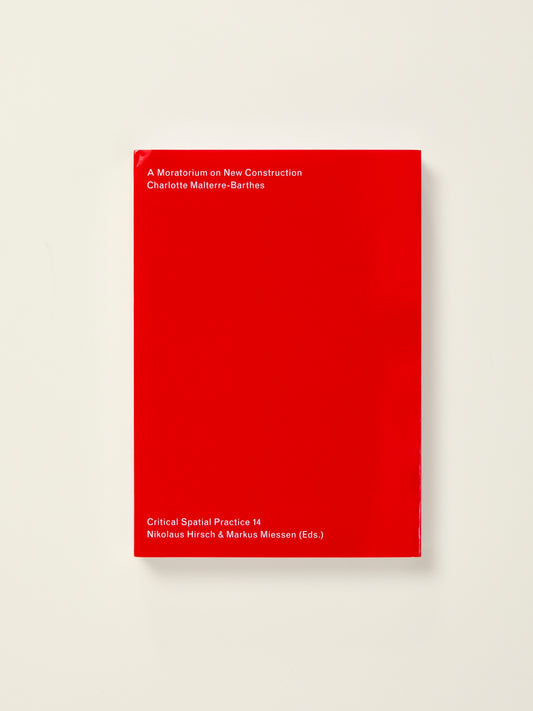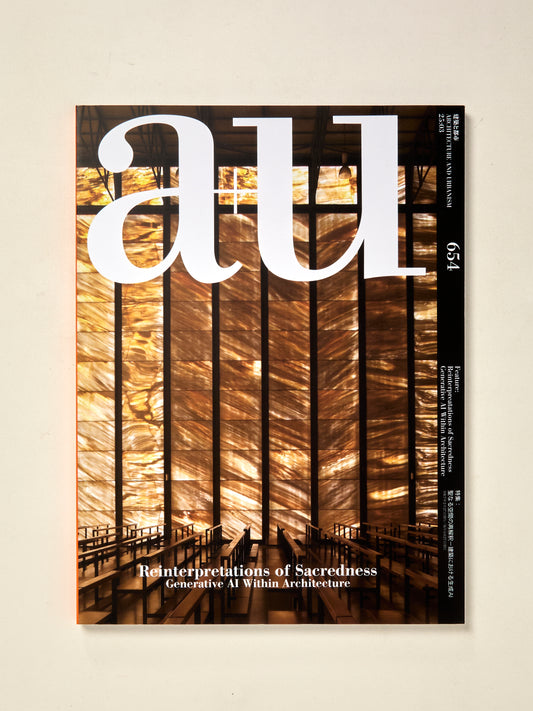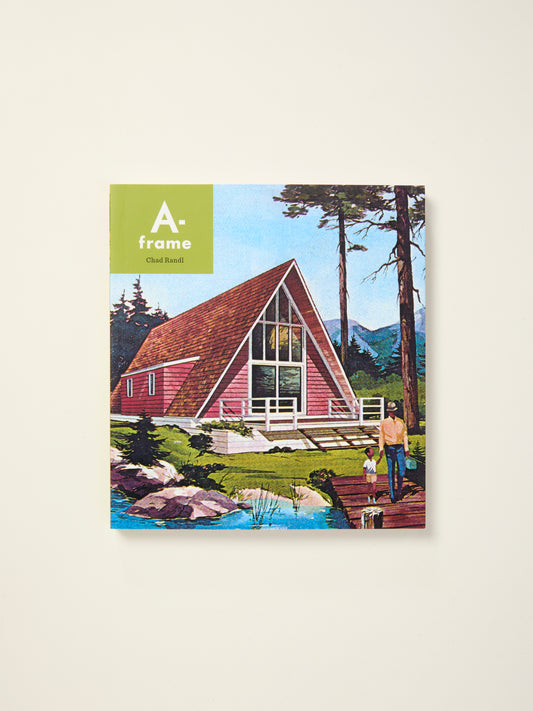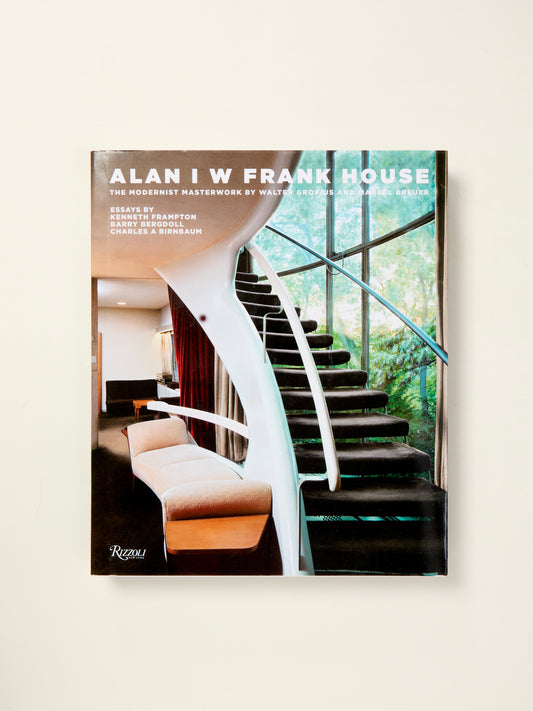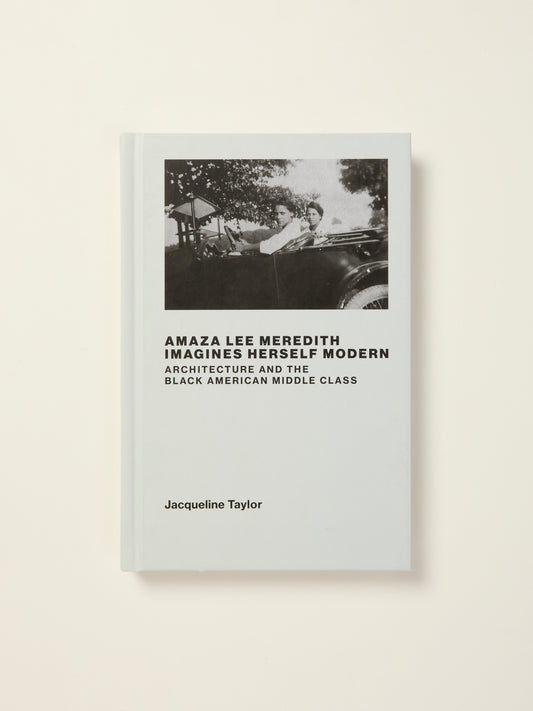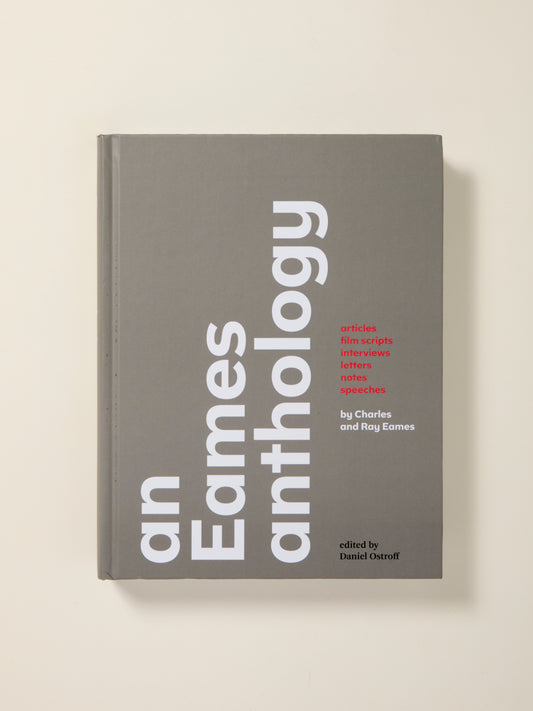

During the first third of the twentieth century, the work of American architect Irving Gill (1870-1936) radically redefined the architectural landscape of Southern California and set the stage for a later, more widely celebrated generation of modernists who would continue his experiments with new forms and construction techniques. Yet surprisingly little has been written about Gill, despite strong support from such critics as Lewis Mumford, who called him one of the great leaders of modern architecture," and from Henry-Russell Hitchcock, who insisted that his buildings were "more premonitory of the next phase of modern architecture than any other American work of the period."
This pioneering study traces the architect's journey from his native Syracuse to a Chicago apprenticeship with Louis Sullivan and Frank Lloyd Wright to the development of his career as an early modernist architect in Southern Califor-nia. In assessing Gill's still underappreciated achievement, Thomas S. Hines places his work within an international context: as Gill's identification with the modern movement developed, his work evolved from the influence of the East Coast Shingle Style and Wright's Midwest Prairie Style to become closer in spirit to the work of the Austrian Adolf Loos. Gill and Loos were both admired by the second-gen-eration modernists Rudolph Schindler and Richard Neutra, who studied under Loos in Vienna and learned from Gill in Los Angeles. Hines also explores the social dimensions of Gill's work. His interest in the contemporary Progressive Movement, particularly its ethos of social, economic, and gender equality, was the wellspring for a series of projects for middle- and lower-income residents as well as for an
intense concern with the functionality and convenience of his domestic designs.




